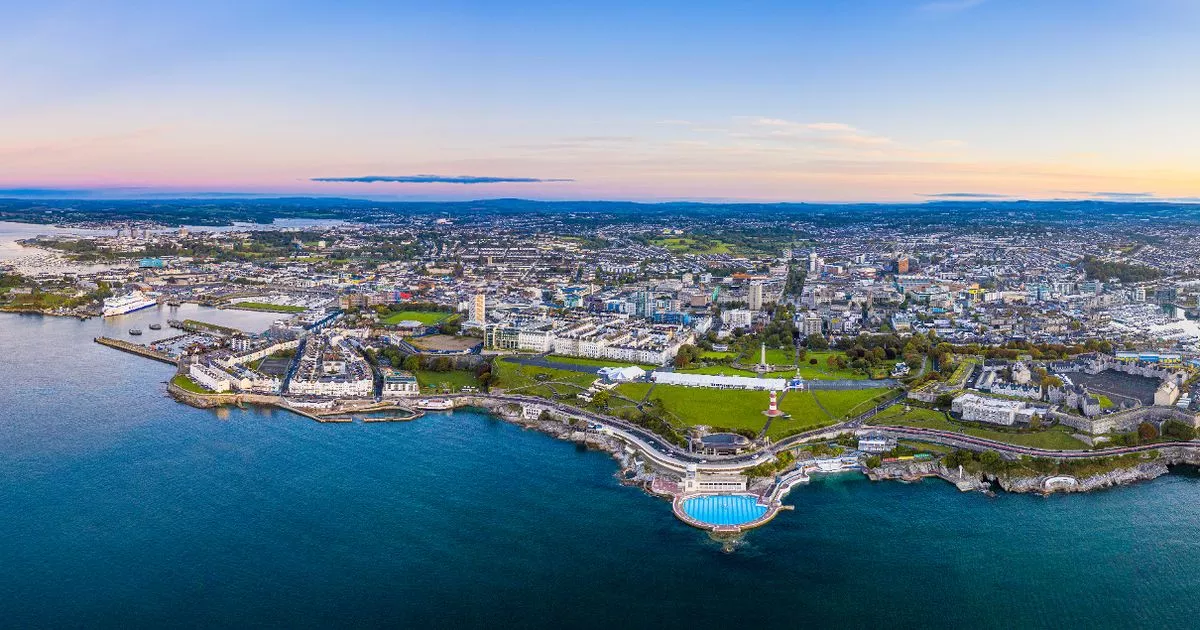The coastline has always been shaped by natural forces like winds, waves, and tides. But in recent years, a new player has intensified these dynamics: climate change. Rising sea levels and increasingly frequent extreme weather events are posing unprecedented challenges for coastal cities. Among these challenges is the growing issue of coastal erosion, which is reshaping shorelines and threatening infrastructure, ecosystems, and communities.
For cities like Plymouth, which is deeply connected to its maritime heritage, dredging—the process of removing sediment from waterways—has become a critical tool. However, Plymouth’s coastline is unique. Unlike many coastal cities with extensive sandy beaches, Plymouth is largely protected by sea walls and a breakwater. These structures play an essential role in defending the city from the sea but also influence how sediment moves during storms. As climate change accelerates, the dynamics of sediment flow and the need for dredging are becoming increasingly urgent.
Let’s explore how climate change is altering the sediment landscape in Plymouth and the critical role that dredging plays in mitigating these impacts.
Rising Sea Levels and Coastal Erosion: Plymouth’s Unique Landscape
Rising sea levels are one of the most visible consequences of climate change. As glaciers and ice caps melt and ocean waters expand, higher seas are encroaching on coastlines worldwide. In many coastal cities, this leads to increased coastal erosion, where the sea gradually wears away the land, carrying sediment out to deeper waters. However, Plymouth’s landscape presents a different challenge.
Plymouth’s coastline is fortified by a network of sea walls and a large breakwater, which act as barriers against the advancing sea. While these structures provide critical protection against erosion and storm surges, they also mean that the city lacks extensive natural beaches. Instead, during storms, sediment is moved around the Plymouth Sound at an accelerated rate, particularly in the areas between the breakwater and the land. The intense currents in this zone amplify the sediment movement, creating a different kind of coastal management challenge compared to cities with sandy shorelines.
Extreme Weather Events and Sediment Flow Disruption in Plymouth
One of the most immediate effects of climate change on Plymouth is the increasing frequency of extreme weather events, such as severe storms. These storms unleash powerful waves and winds, which drive sediment movement across the Sound, affecting navigational channels, harbours, and coastal defences.
The breakwater—which shields Plymouth from the worst of the ocean’s forces—still leaves a significant gap between it and the land. During storms, this gap becomes a conduit for intense currents, amplifying the movement of sediment into the Sound. These currents push sediment from offshore and deeper waters back into harbours and channels at a much faster rate than normal, causing a need for more frequent dredging.
The result? Sediment builds up in Plymouth’s harbours, reducing water depth and making it difficult for larger vessels to navigate. The combined effects of rising sea levels and storm-induced sediment shifts are putting increasing pressure on the city to maintain its navigable waterways, a challenge further compounded by the unique coastal structure.
The Growing Pressure on Dredging in Plymouth
For a city like Plymouth, which relies heavily on its maritime economy, dredging is no longer just routine maintenance—it has become an essential part of climate resilience.
Maintaining Navigable Waterways
Plymouth’s harbours and shipping lanes are the lifeblood of its economy, connecting it to international trade and serving as a hub for naval activity. However, the intense storms and amplified sediment movement caused by climate change are threatening these crucial arteries. Without regular dredging, the build-up of sediment would reduce the depth of these waterways, preventing large vessels from safely docking.
In addition, sediment that is churned up by storm activity and carried into the Sound can block key navigation channels. Dredging efforts are therefore required not only to clear the ports but also to ensure that shipping lanes remain open and accessible.
Conclusion: Navigating the Future of Coastal Resilience
In the face of climate change, Plymouth’s approach to dredging and coastal erosion is evolving. The city’s unique coastal structure, with its sea walls and breakwater, presents both challenges and opportunities for managing the impacts of rising seas and sediment movement.
As Plymouth adapts to the realities of a changing climate, sustainable dredging practices will be key to protecting its maritime economy and preserving its coastline. By embracing innovation and sustainability, Plymouth is well-positioned to navigate the future of coastal resilience in an uncertain world.
https://www.sciencedirect.com/science/article/abs/pii/S0378383913001920
https://www.worldscientific.com/doi/abs/10.1142/9789814277426_0349
https://www.sciencedirect.com/science/article/abs/pii/S0964569111001530

